Week #4: Jubilee
The Alliance Française de Delhi is an impressive, stately-looking building that resembles a cross between a college academic facility and an open-air amphitheater. The institute (which, as the name connotes, is a community center offering prospective students a variety of courses in French language and culture) is located near Delhi’s famous “Lodhi Garden;” it is an affluent and altogether impressive section of the city home to many of the nation’s embassies and extravagant, gated-off estates belonging to the über wealthy. Upon arriving at the complex early Tuesday morning, one of my coworkers looked directly at me before asking “Do you speak any French?” “Oui,” I said mockingly before informing her that this was the extent of my experience with the language. Immediately jumping into the conversation, another coworker friend of mine asked me anyway, “How do you pronounce the name of this place?” It took me a second to realize why my Indian companion was asking the one white person in our little cohort how to pronounce the French terminology; I had a very good laugh at this incorrect assumption of my acumen in French and told her that, unfortunately, her guess was just about as good as mine.
that resembles a cross between a college academic facility and an open-air amphitheater. The institute (which, as the name connotes, is a community center offering prospective students a variety of courses in French language and culture) is located near Delhi’s famous “Lodhi Garden;” it is an affluent and altogether impressive section of the city home to many of the nation’s embassies and extravagant, gated-off estates belonging to the über wealthy. Upon arriving at the complex early Tuesday morning, one of my coworkers looked directly at me before asking “Do you speak any French?” “Oui,” I said mockingly before informing her that this was the extent of my experience with the language. Immediately jumping into the conversation, another coworker friend of mine asked me anyway, “How do you pronounce the name of this place?” It took me a second to realize why my Indian companion was asking the one white person in our little cohort how to pronounce the French terminology; I had a very good laugh at this incorrect assumption of my acumen in French and told her that, unfortunately, her guess was just about as good as mine.
We had left the confines of our office at the MAP outreach building to come to the Alliance Française de Delhi for a very good reason; unbeknownst to me until I had started working at MAP, this past Friday, June 20th was World Refugee Day, an International Day of Celebration organized by the UN to honor the trials, tribulations, and triumphs of the world’s refugee population. In honor of this holiday, the higher-ups at MAP had planned an all-day, two-day event featuring art, food, demonstrations, and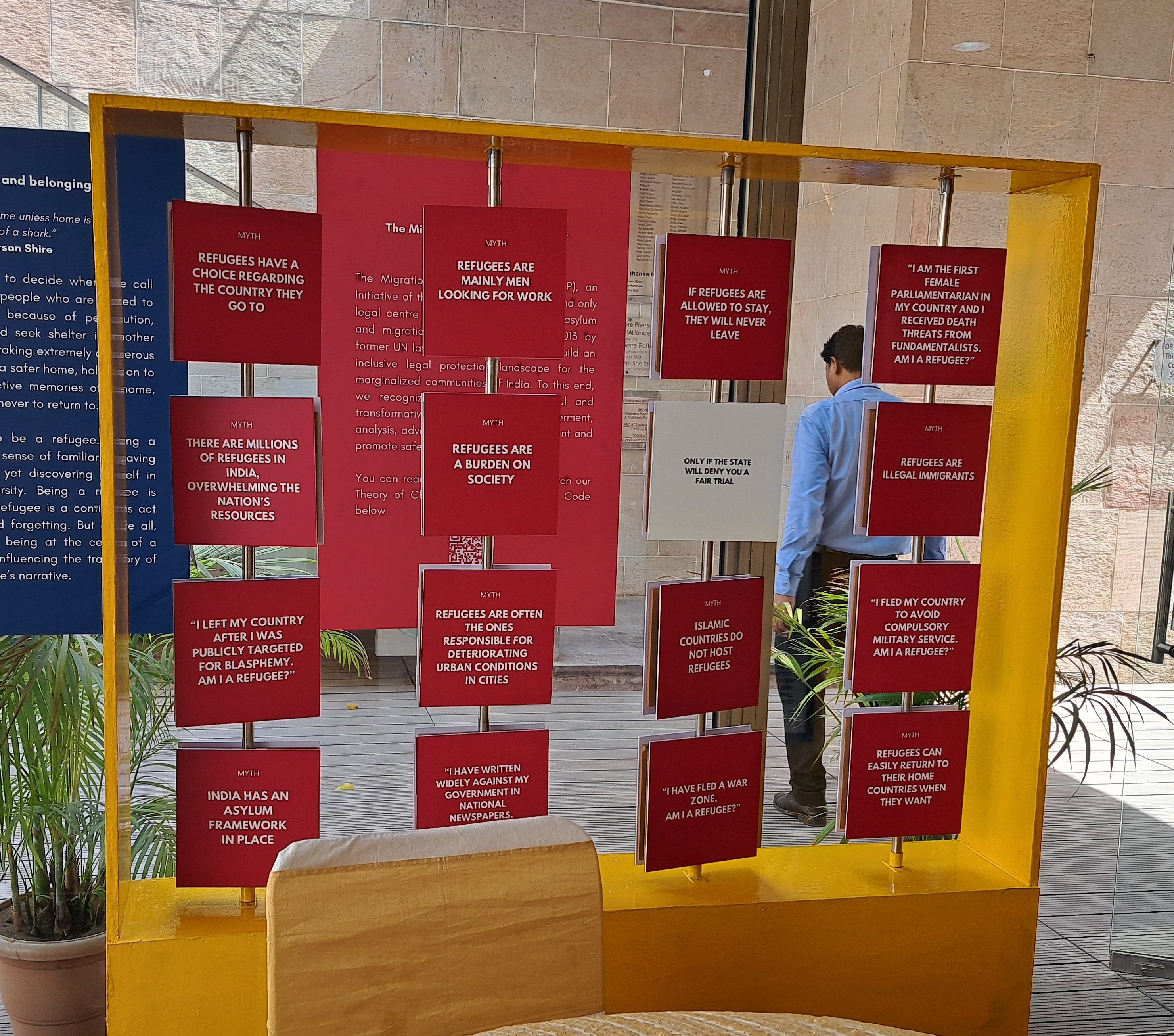 music decorated, made, conducted, and performed by members of Delhi’s refugee communities (altogether, we had Afghani, Burmese, Tibetan, and Somali refugees participating in the event to various capacities). Having arrived fairly late in the planning cycle, my specific contributions to this event were largely minimal; however, one of the first projects that I had been tasked with creating for MAP was a “Myth/Facts” board displaying various misconceptions and truths about the plight of refugees in Delhi that I ended up being incredibly proud of. The installation took roughly a week and a half to complete, and at the actual event itself, I took a simple pleasure in watching participants spin and read the various statements I had come up with – perhaps no less important, my employers seemed satisfied with my handiwork and craftsmanship as well.
music decorated, made, conducted, and performed by members of Delhi’s refugee communities (altogether, we had Afghani, Burmese, Tibetan, and Somali refugees participating in the event to various capacities). Having arrived fairly late in the planning cycle, my specific contributions to this event were largely minimal; however, one of the first projects that I had been tasked with creating for MAP was a “Myth/Facts” board displaying various misconceptions and truths about the plight of refugees in Delhi that I ended up being incredibly proud of. The installation took roughly a week and a half to complete, and at the actual event itself, I took a simple pleasure in watching participants spin and read the various statements I had come up with – perhaps no less important, my employers seemed satisfied with my handiwork and craftsmanship as well.
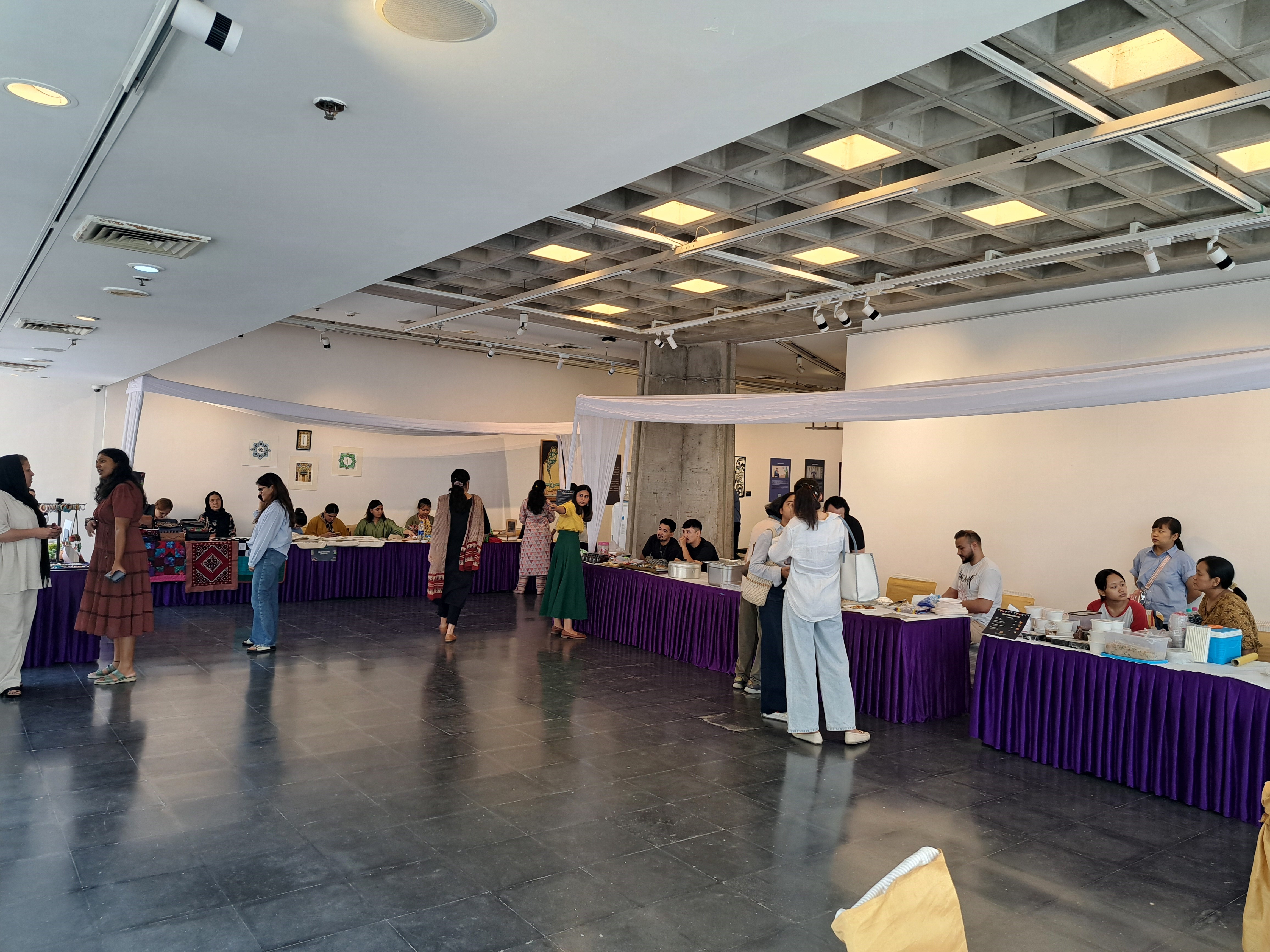
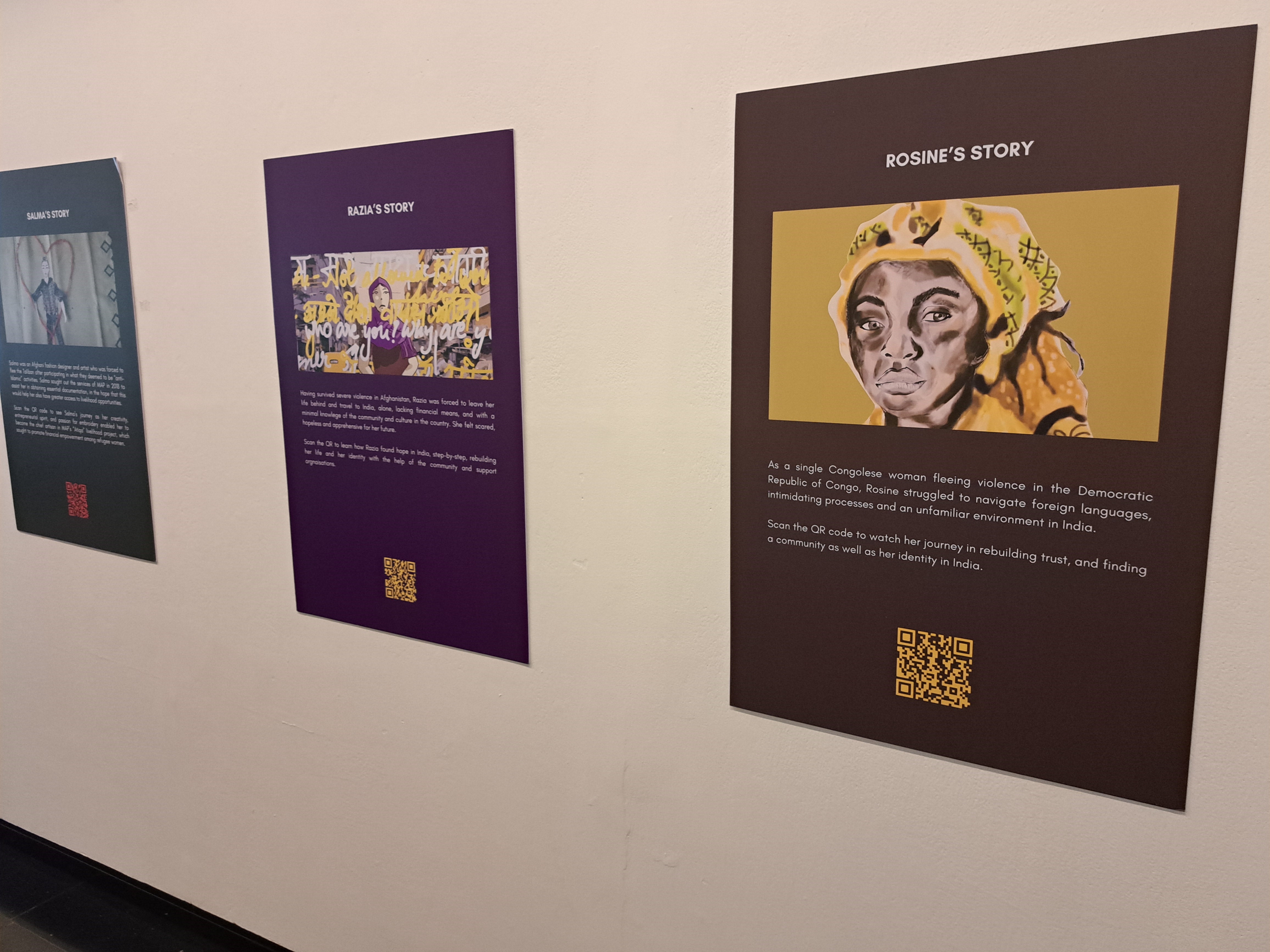
The notion that such an event would be welcomed with open arms by the majority of Delhiites (which is apparently the correct term to refer to a person living and residing in Delhi – I would have thought “Delhians,” but there you go) was by no means a given; as it is in the United States as well as elsewhere, refugees coming to India often face intense discrimination and prejudice directed at them by native citizens, something I became blatantly aware of while conducting my residence eligibility interview with the FRRO last week (for more on that experience, see the addendum to my blog for week three in which I complain about having two hours of my life wasted for no discernable reason whatsoever). Driving over to the FRRO building, the attorney assisting me with the registration process bluntly informed me, “Oh, before I forget, in your interview, don’t tell the interviewer that you’re working for an organization that helps refugees; if you do, he might be inclined to deny your application out of spite. Instead, you should tell him that we are a legal aid organization that helps “displaced persons” in India. Nobody at their office is likely to know what the hell that means and won’t ask any follow-up questions to try to appear smart and knowledgeable.” Thankfully, MAP’s World Refugee Day event was well-attended, with little to no hiccups along the way – this perhaps makes for a far less interesting blog post than otherwise might have been, but I believe speaks to the welcoming nature of the Indian people (a facet of life here that I have surely found to be existing in droves).
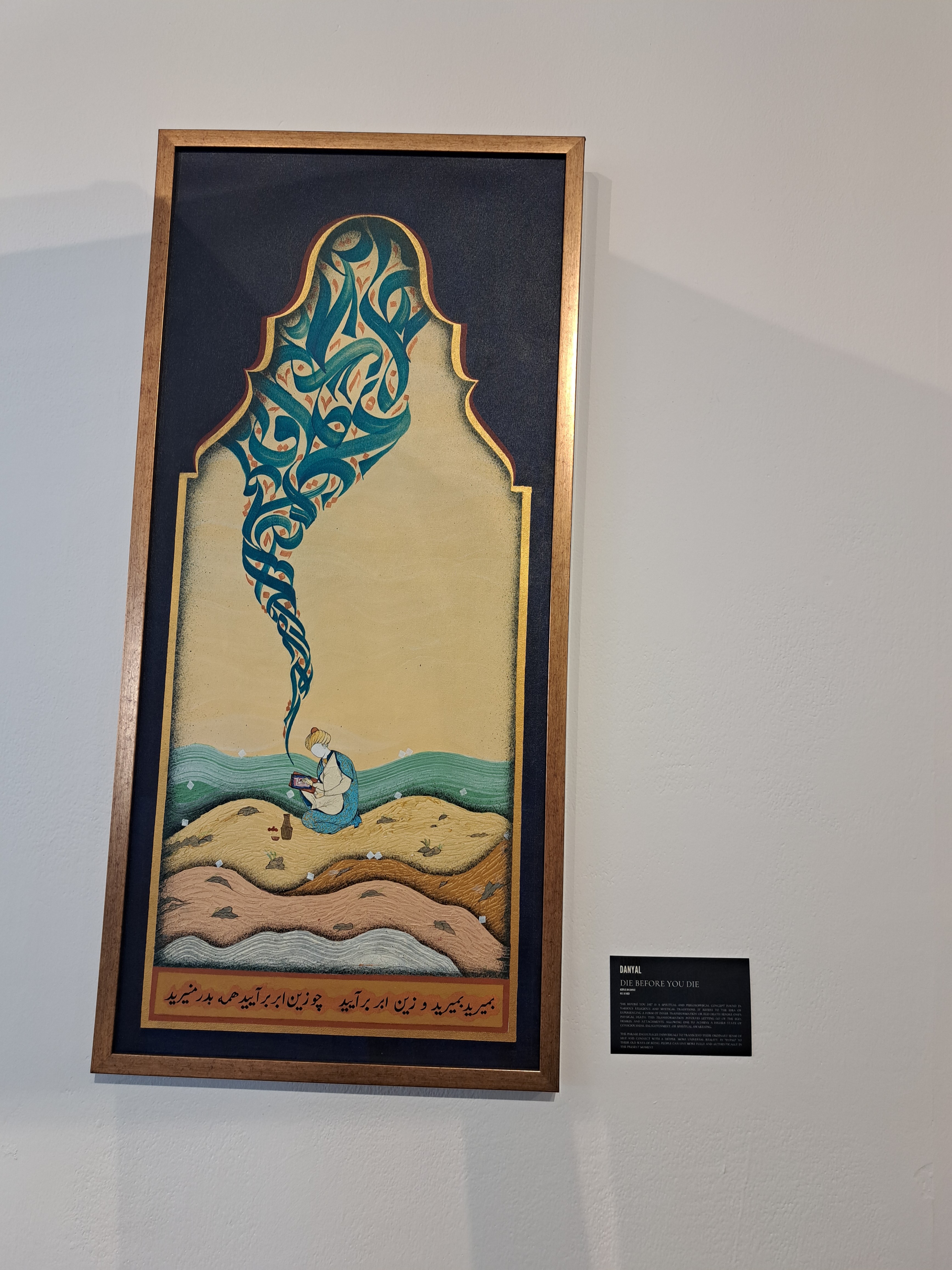 The event itself was great fun to participate in, and I will try to communicate everything that I recall happening in sufficient detail. Upon arriving in the event hall, the first thing my coworkers and I did was help our vendors set up their various booths and stalls. Lined around the room, there was an Afghani craft maker, a free children’s library providing books to kids in English, Arabic, and Hindi, a handbag maker and embroiderer, a Burmese arts and crafts exhibitionist, and an Afghani journal-maker who doubled as an incredibly impressive artist and calligrapher. Towards the back of the hall, this artist’s paintings could be seen hanging around for purchase (I really wanted to buy one but was unsure whether or not I could physically cram one of his paintings into my suitcase to bring back with me to the US). Later on, the food vendors arrived, who provided just about every type of delicacy and street food from the countries they represented that you can think of; my coworkers delighted in trying to find the spiciest food imaginable and passing it off to me as something innocuous (at which point, after consuming the food, I would start to tear up and then guzzle a half gallon of water while they all proceeded to laugh at my poor, delicate American palate).
The event itself was great fun to participate in, and I will try to communicate everything that I recall happening in sufficient detail. Upon arriving in the event hall, the first thing my coworkers and I did was help our vendors set up their various booths and stalls. Lined around the room, there was an Afghani craft maker, a free children’s library providing books to kids in English, Arabic, and Hindi, a handbag maker and embroiderer, a Burmese arts and crafts exhibitionist, and an Afghani journal-maker who doubled as an incredibly impressive artist and calligrapher. Towards the back of the hall, this artist’s paintings could be seen hanging around for purchase (I really wanted to buy one but was unsure whether or not I could physically cram one of his paintings into my suitcase to bring back with me to the US). Later on, the food vendors arrived, who provided just about every type of delicacy and street food from the countries they represented that you can think of; my coworkers delighted in trying to find the spiciest food imaginable and passing it off to me as something innocuous (at which point, after consuming the food, I would start to tear up and then guzzle a half gallon of water while they all proceeded to laugh at my poor, delicate American palate).


In the late afternoons, we would have a different demonstration each day taught by one of our refugee vendors. On the first day, the Afghani artist whose paintings I so admired gave calligraphy 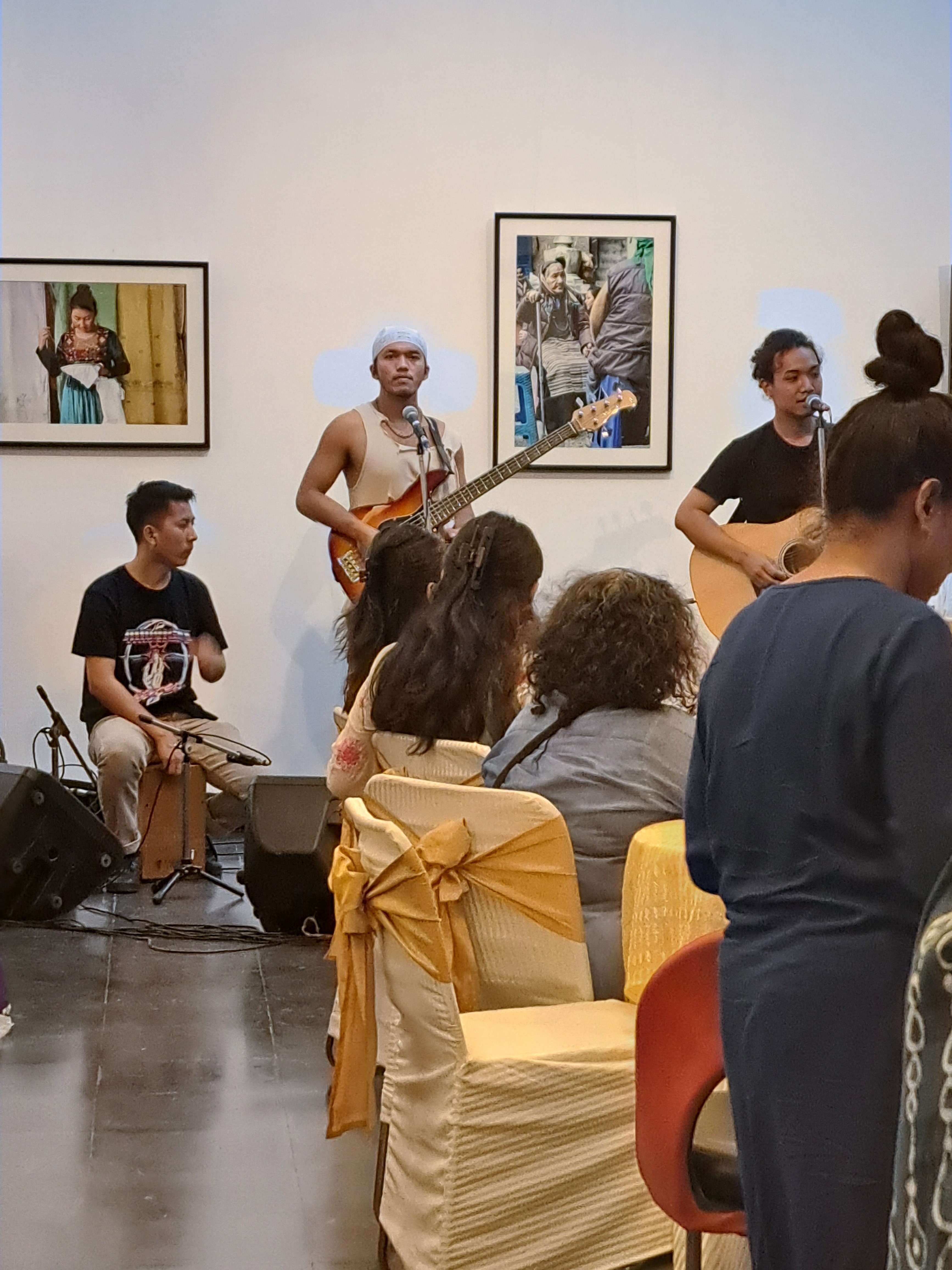 lessons; I participated in this demonstration and thought that I had replicated the artist’s work admirably (for a first try, at least, if nothing else). The artist himself apparently felt differently and gave me a look of pure disappointment that I will not likely forget anytime soon. The next day, an embroidery workshop was held in which my coworkers scolded me for never having gained the ability to sew. Deciding that I had embarrassed myself enough for a two-day period, I decided to sit this one out and merely watch. Finally, at nights, we brought on our musical guests to perform traditional and contemporary music from their home countries. An Afghani rock band that was led by my friend and MAP’s receptionist/Afghan interpreter Amena kicked things off Tuesday night with what has to be my favorite Afghani ballad of all time, Creep by Radiohead. There were equally rousing performances the second night, in which a Burmese Gospel singer sang Counting Crows songs intercut with melancholy Hindi power duets, and an acoustic band from Myanmar sang many of their original songs chronicling their lived experiences in India.
lessons; I participated in this demonstration and thought that I had replicated the artist’s work admirably (for a first try, at least, if nothing else). The artist himself apparently felt differently and gave me a look of pure disappointment that I will not likely forget anytime soon. The next day, an embroidery workshop was held in which my coworkers scolded me for never having gained the ability to sew. Deciding that I had embarrassed myself enough for a two-day period, I decided to sit this one out and merely watch. Finally, at nights, we brought on our musical guests to perform traditional and contemporary music from their home countries. An Afghani rock band that was led by my friend and MAP’s receptionist/Afghan interpreter Amena kicked things off Tuesday night with what has to be my favorite Afghani ballad of all time, Creep by Radiohead. There were equally rousing performances the second night, in which a Burmese Gospel singer sang Counting Crows songs intercut with melancholy Hindi power duets, and an acoustic band from Myanmar sang many of their original songs chronicling their lived experiences in India.
Overall, I think that the event was a great success for MAP; if absolutely nothing else, I sure had a nice time breaking bread and cracking jokes with people representing many unique and distinctive corners of the world. I usually try to end these blog posts on a bit of a profound note, but this week, I’d rather end on a description of joy: people hailing from different parts of planet earth who nevertheless were bounded by common goals and shared experiences of navigating a country that isn’t theirs spent two nights sharing each other’s company and friendship. I and the people in attendance enjoyed ourselves greatly, and that’s poignant enough a note to end on for me.
- Tyler Brooks, 06/22/2024
Update on my Experiences with the FRRO
Thursday, June 20th, I received the following email from the FRRO: “Please reapply for Registration Certificate for Foreigners.” This will mark the second time I have had to apply for this thing and the third time in which the FRRO has received extensive documentation from me. I am very tired.